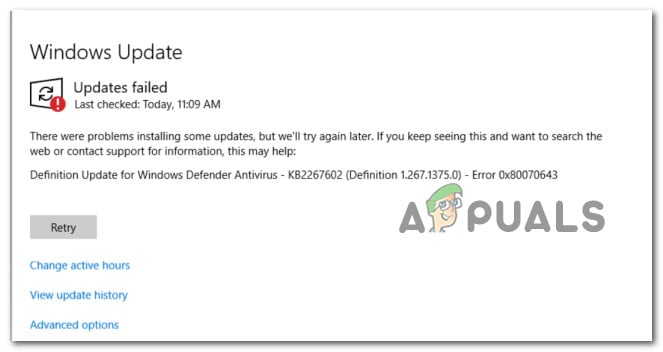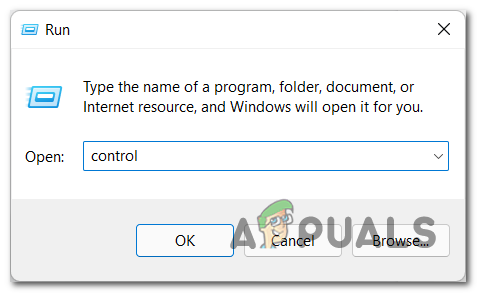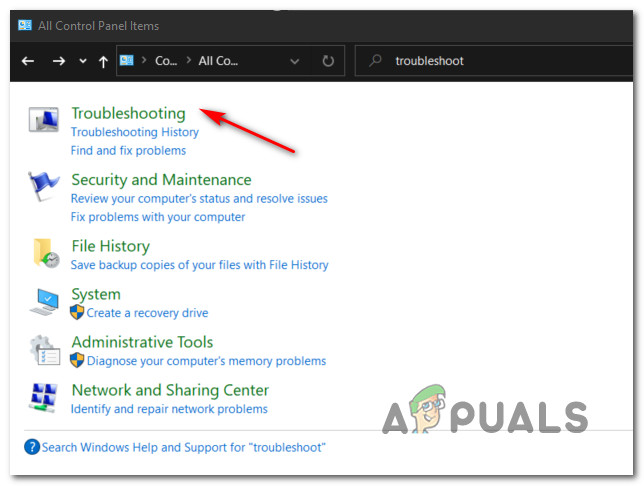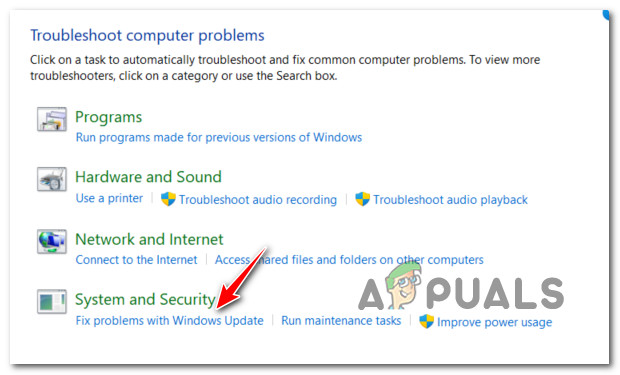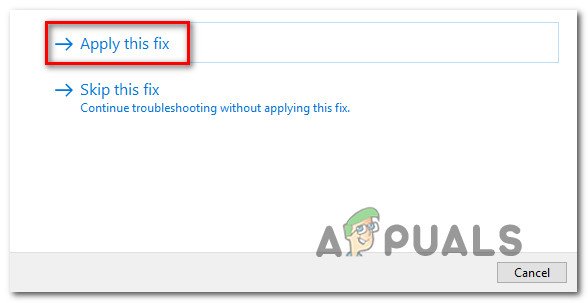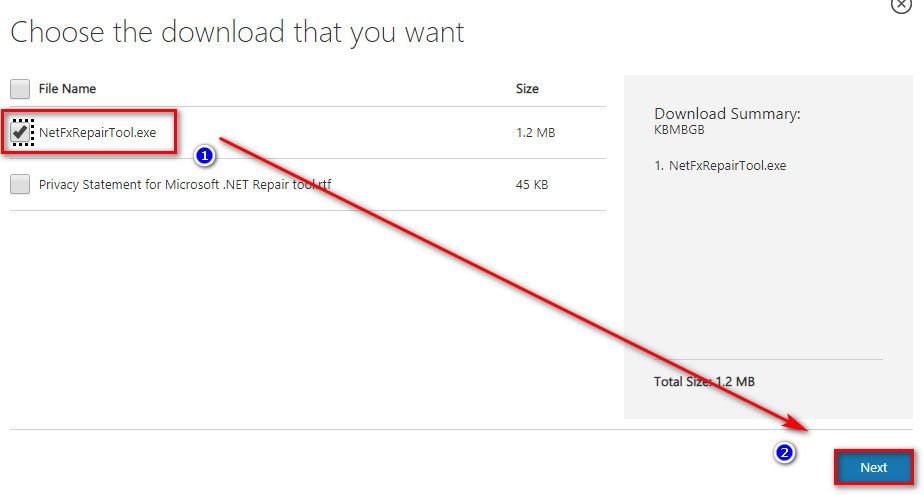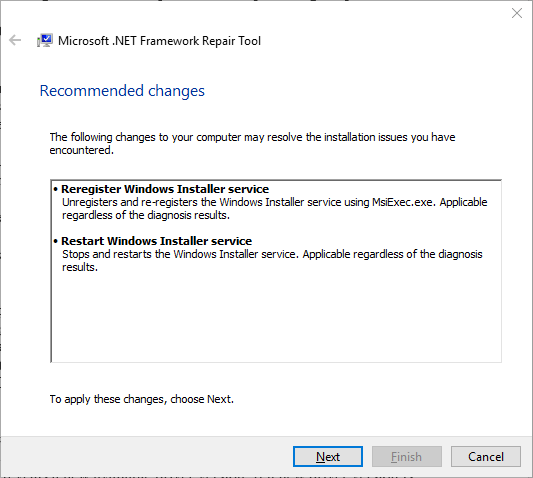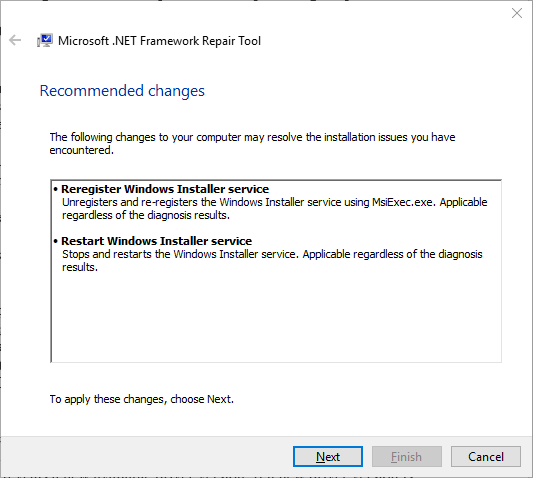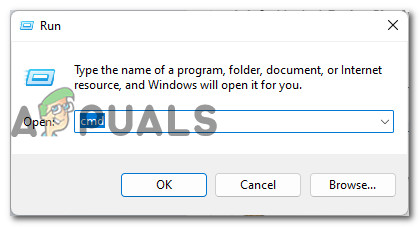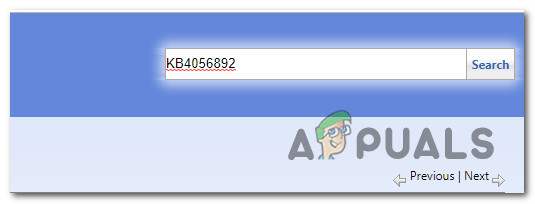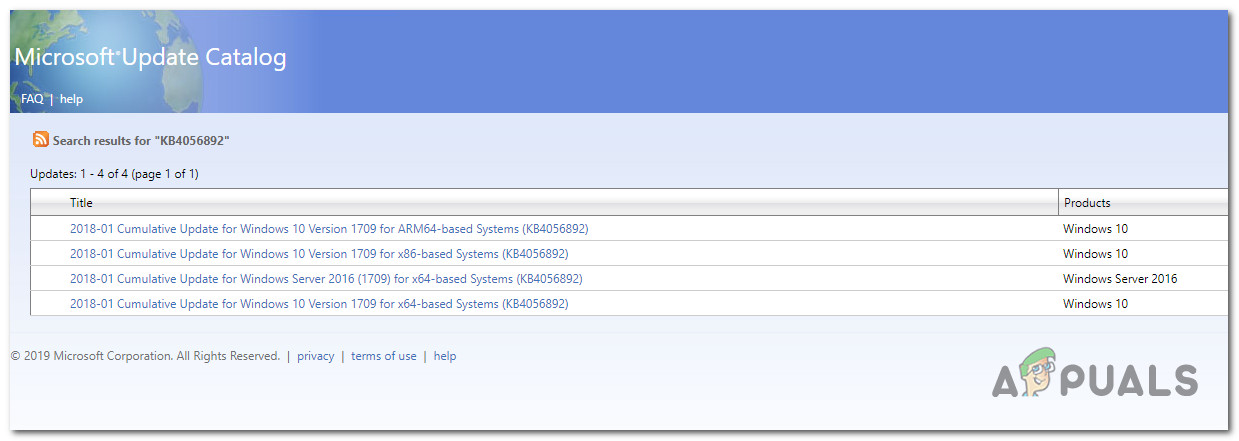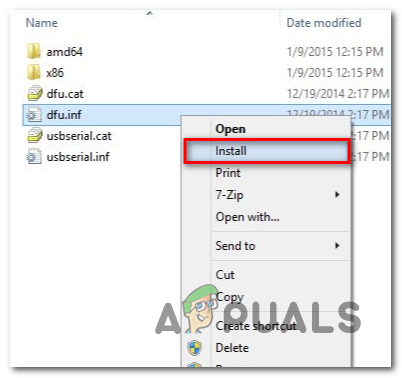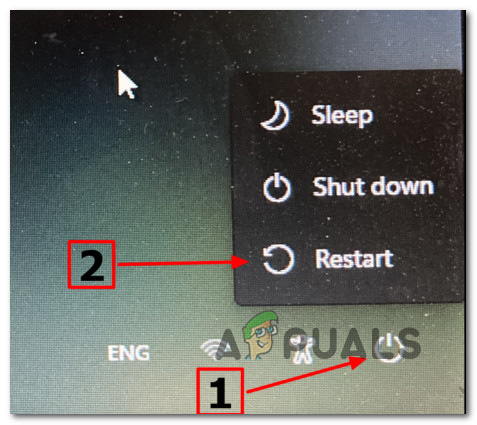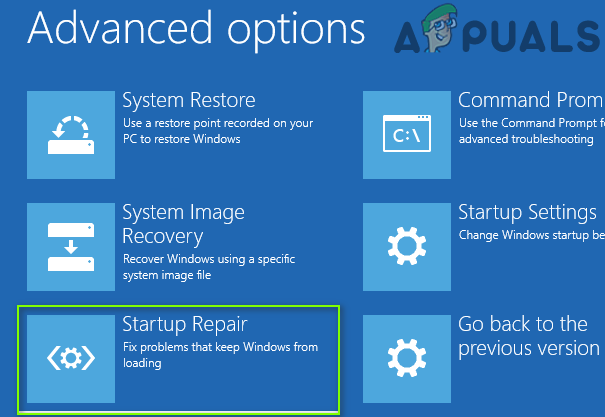After investigating the underlying cause of this issue, we realized that there are actually multiple causes why you might experience this particular error code. We’ve listed them below so you have an easier time when troubleshooting this problem: Now that you went over every potential cause of this issue, let’s get to the part where we help you fix it. Below you’ll find a list of methods that other affected users have successfully used to get to the bottom of this error.
1. Run the Windows Update Troubleshooter
If the cause of the 0x80070643 error is already addressed by a Microsoft repair plan provided in the Windows Update Troubleshooter, then resolving the issue is as simple as running the tool and applying the recommended fix. The Windows Update Troubleshooter, if you’ve never used it before, is designed to automatically discover and fix common problems. If you’re using Windows 11, you’re in luck because the tool is far more extensive than previous versions. If a recognizable case is identified, Microsoft has included dozens of new automated repair options that can be deployed in only a few clicks. If you haven’t already done so, follow the steps below to run the Windows Update Troubleshooter and have the recommended patch applied automatically: Note: The instructions below will be applicable to both Windows 10 and Windows 11. If the Windows Update still fails to install with the same error code of 0x80070643, try the next technique below.
2. Repair the .NET Framework
If you’re only getting this problem when installing a cumulative update that includes a.NET framework update, your existing.NET framework installation is probably corrupted. If this situation applies, you should be able to resolve the issue by updating your.NET Framework. If this is the case, you should be able to resolve the problem by replacing the corrupted.NET instances with healthy copies. There are several ways to accomplish this, but the most straightforward is to use the.NET Framework Repair Tool. The majority of people who were affected claimed that the problem was quickly resolved once they used this private Microsoft solution to repair the corrupted.NET dependencies. Here’s how to use the.NET Framework Repair Tool on any recent version of Windows: If the problem is still not fixed and you’re still experiencing the 0x80070643 while installing certain pending updates, move down to the next method below.
3. Reset every Windows Update component
If you’re getting the 0x80070643 error with every pending Windows update you try to install, it’s likely that you’re dealing with corruption in the WU component or one of its linked dependencies. In this instance, we propose using a series of CMD commands to reset every WU component as well as the WU management folders. One or more WU (Windows Update) components that are currently stuck in a limbo state (neither open nor closed) is by far the most prevalent source of this type of problem. If this scenario applies to you, you can resolve the issue by resetting all WU components engaged in the update process. If this scenario is applicable, follow the instructions below to reset very Windows Update component: If the problem persists after you’ve successfully refreshed every Windows Update component, move on to the next possible solution below.
4. Download the failing update manually
There can be times when Windows Update is broken beyond repair, and none of the solutions in this article will be able to help you. If you don’t want to reinstall your operating system, you can use the Microsoft Update Catalog to manually install the failing Windows Update. If the Windows Update component is not functioning properly and the WU Troubleshooter is unable to resolve the issue, you can manually apply the failing update using the Microsoft Update Catalog. This directory can be used to download the compatible update version that isn’t working on your computer and then manually install it using the.ini file. It’s vital to note that this solution will not solve the problem’s primary cause (in case the 0x80070643 error appears due to some kind of corruption affecting the Windows Update component). It will, however, allow you to bypass a damaged Windows Update by allowing you to skip the download and instead use MUC’s external mirrors. Follow the steps below for detailed instructions on how to manually install a pending Windows update: If the problem persists, and you’re still getting the 0x80070643 error when trying to install the pending update using the Microsoft Update Catalog, try the next approach below.
5. Update Windows Defender Signatures via CMD
There’s a good possibility you’re dealing with an inconsistency caused by outdated Windows Defender signatures if only security updates connected to Windows Defender or Windows Firewall fail with this error code. To fix this issue, you’ll need to perform a sequence of CMD commands to update Windows Defender with the most up-to-date virus signatures. But in order to be able to do this, we first need to remove the current all the definitions, then force the terminal to re-download them in bulk. Follow the instructions below for the complete steps of enforcing this method: If the same 0x80070643 is still occurring, move down to the next method below.
6. Deploy SFC and DISM scans
As it turns out, a system file corruption that affects the auto-updating function of Windows installation is one of the most prevalent causes of the 0x80070643 issue while running the Windows Update troubleshooter. If this situation appears to be relevant, you should begin by scanning using two built-in utilities: System File Checker (SFC) and Deployment Image Servicing and Management (DISM). While SFC and DISM are comparable in some ways, we recommend running both checks in quick succession to increase your chances of recovering corrupted system files. Start with a simple SFC scan if this case applies. Keep in mind that this tool is completely local and does not require you to be connected to the internet at all times. Important: It’s critical not to close the CMD window after starting this procedure, even if the utility appears to have frozen. Wait patiently for the process to finish, as interrupting it could result in logical errors on your HDD or SSD. After the SFC scan has been completed successfully, reboot your computer and check to see if the problem has been resolved after the next computer startup. If the 0x80070643 Windows Update Troubleshooter problem persists, run a DISM scan and follow the on-screen directions to finish the process. Note that DISM uses a sub-component of Windows Update to download healthy alternatives to replace broken system files, but SFC does not. As a result, you must ensure that you have a stable Internet connection before beginning this procedure. Restart your computer after the DISM scan has been completed successfully to see if the 0x80070643 error has been resolved. If the Windows Update Troubleshooter still isn’t working, scroll down to the next possible solution.
7. Perform a Startup Repair
In rare situations, file corruption in your system files can cause this type of trouble. The first thing you should do in this circumstance is conducted a startup repair to see if the problem has been resolved. If this is the case, you should be able to fix the issue by performing a startup repair Note: Startup Repair is a Windows recovery tool that can fix the vast majority of common system problems that prevent your Windows installation from booting up. This program (like every other Windows automated troubleshooter) includes a set of automatic repair options that can be employed if a problem is found. However, because you’re unlikely to be able to start up normally, you’ll need to use the Recovery Menu to initiate a Startup Repair operation. If this scenario is applicable, follow the instructions below to deploy a Startup Repair operation: If you’re still getting the “Restoring your prior version of Windows” issue after following the steps above, go to the next solution down below.
8. Perform a clean install or repair install
If none of the options listed above have helped you address the 0x80070643 error when running the Windows Update Troubleshooter, you can assume that your problem is caused by an underlying system corruption problem that isn’t fixable (with DISM and SFC scans). Several customers who experienced a similar problem claimed that the problem was resolved after they updated all Windows components. An in-place fix (repair install) or a clean install can be used to do this. A clean install is a more straightforward option, but it has the disadvantage of not allowing you to maintain your personal files (applications, games, personal media, and so on) unless you back them up first. If you choose a repair install, however, the process is a little more time-consuming, but the key benefit is that you get to preserve all of your personal files, including apps, games, personal media, and even some user preferences.
FIX: Definition Update for Windows Defender Fails with Error 0x80070643Fix: Update KB4041994 Fails With Error Code 0x80070643Fix: Windows Update Error “We Couldn’t Connect to the Update Service”[SOLVED] One of the Update Services is not Running Properly in Windows Update
